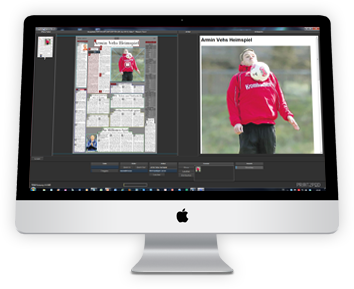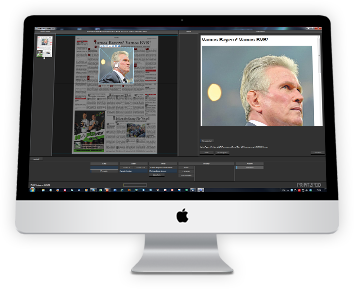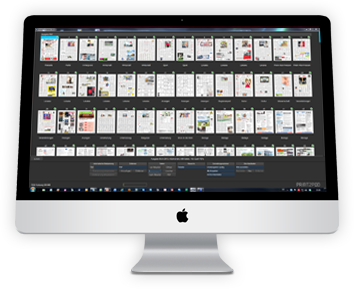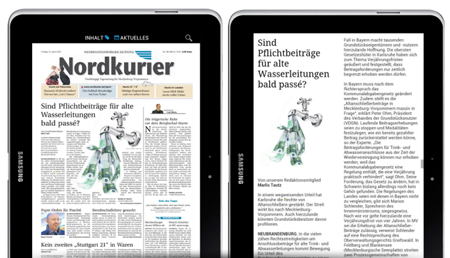Freedom of decision-making – now and in the future
Open to different input, output, and final formats
The Print2Pad standard version is ready for use on the iPad. Print2Pad is also ready for release for Android, Windows Mobile, and HTML5.
In the standard version, Print2Pad provides an app with an enriched multimedia newspaper layout. Print2Pad is ready for delivery as a web app or in a magazine-like layout. A change of format or parallel operation is possible at any time; you can decide whenever and are flexible regardless of the capabilities and development cycle of your CMS vendor, etc. …
Open interfaces for user management and billing
Print2Pad offers to check the user permissions (which product has been unlocked/bought) access to with approved billing options (App Store, other service provider, purchasing options of publishing systems/websites).
An overview of the interfaces is to the right ->
The Print2Pad standard version already interfaces with:
- Apple App-Store
- Google Play-Store
- Amazon Store
- eRASMo / Vi&Va
- ppi
- XML (CMS)
- Hermes™/Atex, InDesign™ et al.
- As well as other individual ePaper administrative and subscription services of publishing houses.
App Creation | Perfect Interaction of Components
Step 1 – Extracting the PDF ePaper components
The creation process of the multimedia Print2Pad-iPad edition starts with the reading of the standard PDF ePaper and, if available, the XML data of the content management system. The extractor is able to recognize a defined heuristic ePaper from its contents and breaks them down into the most important components for iPad/Tablet editions (layout elements, teasers, headings, sub-headings, photos, graphics, captions, references, etc.). The components are analyzed and converted to the best possible rendering. This process can also be fully automated. The ePaper app is now ready for presentation. The iPad display is available in newspaper layout which includes features like iPad-navigation and services such as photo view, full text search, item saving and sharing via email or social media.
At this point, multimedia and other features are still lacking. The content data can then be transferred from the extractor to the editor for enrichment of the content.
Step 2 – Enriching the content
The app designer using the editor has complete control over content, allocation, and additions. The appearance in the article view can be adjusted like with a text editor. It allows, among other things, links to be established, update instructions to be inserted with linked pages, slideshows to be built, advertisements to be processed, pages to be inserted, and integration of videos.
Usage is intuitive and easy to learn. The processing and enrichment of an article can be done in just a few moments.
Editing of local editions can also be done at this point. The editor features fixed page recognition.
Step 3 – Publication of the app
With the press of a button, an internal control app is created that contains all the functions. The designer can control the digital output via a preview app and edit it if necessary.
After release, the app will receive final publication and is then available to the end-user through, for example, Apple kiosk.















